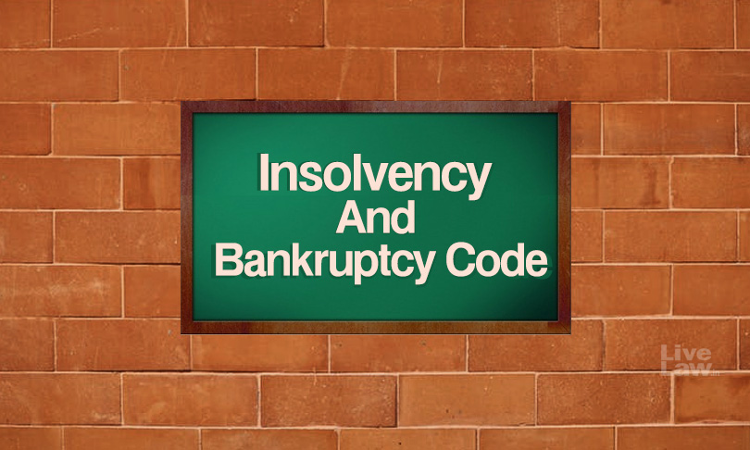Insolvency and Bankruptcy Code (Amendment) Act, 2020 : A Primer
Abhishek Gupta
26 March 2020 11:21 AM IST

Next Story
26 March 2020 11:21 AM IST
"Recovery is incidental under the IBC. Its primary objective is rescuing companies in distress." – Dr. M.S. Sahoo (Chairperson, Insolvency and Bankruptcy Board of India) The above quoted words of Dr. Sahoo from his article in the print edition of Indian Express on March 14, 2020 under the title: 'The real reform', form the underlying theme of the Insolvency and Bankruptcy...
